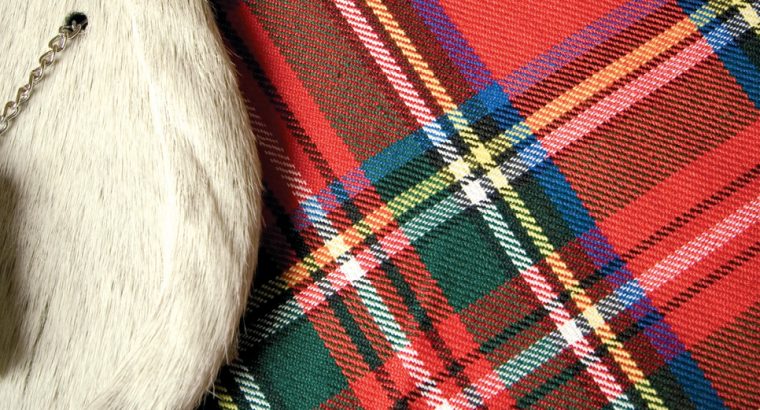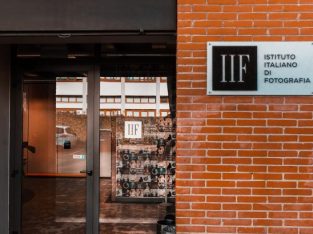The Story of Saint Andrew
According to Christian tradition, Saint Andrew was born in 7 or 6 BC in Galilee. In 30 AD, Andrew and his brother Peter were summoned by Jesus to give up their trade as fishermen to become “fishers of men”.
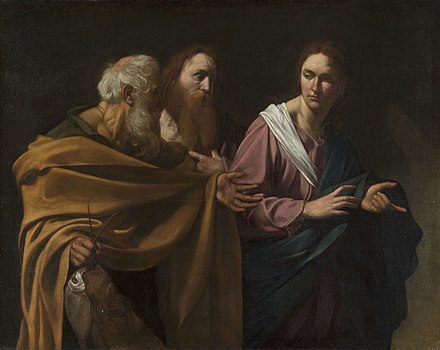
After Christ’s crucifixion, the disciples dispersed to spread the Gospel and Andrew went to the area of eastern Europe then known as Scythia. He preached along the Black Sea and the Dnieper river as far as Kiev, and from there travelled to Novgorod. Hence, he became a patron saint of Ukraine, Romania and Russia.
According to tradition, he founded the See of Byzantium (later Constantinople and Istanbul) in AD 38, installing Stachys as bishop. According to Hippolytus of Rome, Andrew preached in Thrace (now split between Greece, Bulgaria and Turkey) and Achaea (now in Greece). This diocese would later develop into the Patriarchate of Constantinople, and Andrew is recognised as the patron saint of the Patriarchate, along with Saint Stachys. Andrew is said to have been martyred by crucifixion at the city of Patras in Achaea. Tradition developed that Andrew had been crucified on a cross of the form called crux decussata (X-shaped cross, or “saltire”), now commonly known as a “Saint Andrew’s Cross” — supposedly at his own request, as he deemed himself unworthy to be crucified on the same type of cross as Jesus had been.
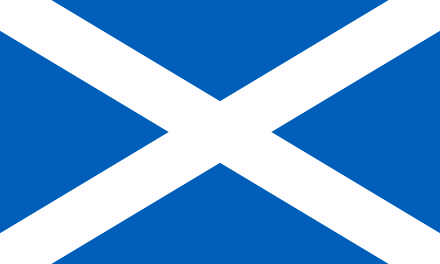
According to legend, in 832 AD, Óengus II led an army of Picts and Scots into battle against the Angles, led by Æthelstan, near modern-day Athelstaneford, East Lothian. The legend states that he was heavily outnumbered, so while praying on the eve of battle, Óengus vowed that if granted victory he would appoint Saint Andrew as the Patron Saint of Scotland. On the morning of the battle, white clouds forming an X shape in the sky were said to have appeared. Óengus and his combined force, emboldened by this apparent divine intervention, took to the field and despite being inferior in numbers were victorious. Having interpreted the cloud phenomenon as representing the crux decussate upon which Saint Andrew was crucified, Óengus honoured his pre-battle pledge and duly appointed Saint Andrew as the Patron Saint of Scotland. The white saltire set against a celestial blue background is said to have been adopted as the design of the flag of Scotland on the basis of this legend.

Relics of the Apostle Andrew are kept at the Basilica of Saint Andrew in Patras, Greece; in the Duomo di Sant’Andrea, Amalfi, Italy; St Mary’s Roman Catholic Cathedral, Edinburgh, Scotland; and the Church of St Andrew and St Albert, Warsaw, Poland. There are also numerous smaller reliquaries throughout the world.
Andrew’s remains were preserved at Patras. According to one legend, Saint Regulus (Rule) was a monk at Patras, who was advised in a dream to hide some of the bones. Shortly thereafter, most of the relics were transferred from Patras to Constantinople by order of the Roman emperor Constantius II around 357 and deposited in the Church of the Holy Apostles. Regulus was said to have had a second dream in which an angel advised him to take the hidden relics “to the ends of the earth” for protection. Wherever he was shipwrecked, he was to build a shrine for them. St. Rule set sail, taking with him a kneecap, an upper arm bone, three fingers and a tooth. He sailed west, towards the edge of the known world, and was shipwrecked on the coast of Fife, Scotland. The skull of Saint Andrew, which had been taken to Constantinople, was returned to Patras by Emperor Basil I, who ruled from 867 to 886.
In 1208, following the sack of Constantinople, those relics of Saint Andrew and Saint Peter which remained in the imperial city were taken to Amalfi, Italy, by Cardinal Peter of Capua, a native of Amalfi. A cathedral was built, dedicated to Saint Andrew (as is the town itself), to house a tomb in its crypt where it is maintained that most of the relics of the apostle, including an occipital bone, remain.
Thomas Palaeologus was the youngest surviving son of Byzantine Emperor Manuel II Palaiologos. Thomas ruled the province of Morea, the medieval name for the Peloponnese. In 1461, when the Ottomans crossed the Strait of Corinth, Palaeologus fled Patras for exile in Italy, bringing with him what was purported to be the skull of Saint Andrew. He gave the head to Pope Pius II, who had it enshrined in one of the four central piers of St. Peter’s Basilica in the Vatican. In September 1964, Pope Paul VI, as a gesture of goodwill toward the Greek Orthodox Church, ordered that all of the relics of Saint Andrew in the Vatican City were to be sent back to Patras. The cross of Saint Andrew was taken from Greece during the Crusades by the Duke of Burgundy. It was kept in the church of St. Victor in Marseilles until it was returned to Patras on 19 January 1980. All the relics, which consist of the small finger, the skull (part of the top of the cranium of Saint Andrew) and the cross on which he was martyred, have been kept in the Church of St. Andrew at Patras in a special shrine and are revered in a ceremony every 30 November, his feast day.
With thanks to Wikipedia, I hope you found this history lesson interesting – and worth celebrating, whether you are Scottish, Greek, Russian, Romanian or Ukrainian. But especially if you are Scottish as our St Andrew’s Night Dinner Dance on Saturday, 25 November 2023 will be very much a Scottish event with bagpipes, whisky and lots of Scottish Country Dancing.
What’s more, this year could mark the 2029th anniversary of Saint Andrew’s birth. And by coincidence, this is the 29th time we are organising St Andrew’s Night in Milan. That must be worth celebrating!
The event will be held, as always, at the Crowne Plaza Hotel, San Donato Milanese, on Saturday, 25 November 2023 from 7pm to 11pm. Tickets are €70 each. Payment by bank transfer by 17 November at latest.
Book through me at j.murphy@buroservice.com and I will give you all the details.
Please do not hesitate as I have to give final numbers to the hotel in the near future.
See you there!
John Murphy
President, Milan Scottish Country Dancers
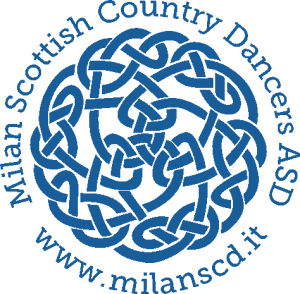
PS. If you’re into Scottish events, we will be holding our Burns Night on Saturday, 27th January 2024. And we will be starting another course in Scottish Country Dancing immediately after St
Andrew’s Night on 27th November. Let us know if you are interested. A 10-lesson course on a
Monday or Thursday evening (depending on your level) costs €60 (plus an annual membership fee of €30, which includes insurance). In the hall at Via Solferino 17, Milan (Brera).
You must be logged in to post a comment.


